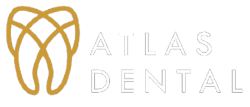9 Essential Tips to Perfect Your Tooth Brushing Technique for Optimal Oral Health
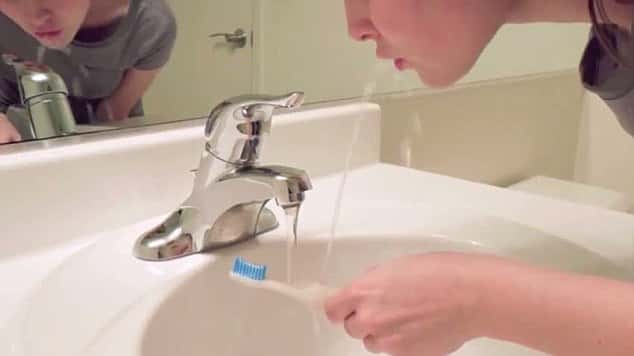
The Importance of Proper Tooth Brushing
Tooth brushing is not just a routine; it’s a fundamental practice for maintaining oral health. The primary purpose of brushing is to remove dental plaque, a sticky film of bacteria, food particles, and debris that can lead to cavities and gum disease if not managed effectively. Understanding this purpose underscores the necessity of consistent and effective tooth brushing. Effective tooth brushing, complemented by daily flossing, is a proactive measure against these dental problems, ensuring the longevity of your teeth and gums.

Tip #1: Brush After Every Meal
Transform your oral hygiene by brushing after every meal. This simple adjustment can significantly impact your dental health. Instead of brushing before breakfast, consider brushing afterward to remove plaque and food particles that accumulate during meals. This practice not only helps maintain a clean mouth but also prolongs the duration of plaque-free teeth throughout the day.
If brushing isn’t feasible after every meal, rinsing your mouth with water can help eliminate loose debris. Aim to brush your teeth after dinner to maximize the time between your last meal and bedtime, extending your oral care routine to prevent plaque buildup effectively.
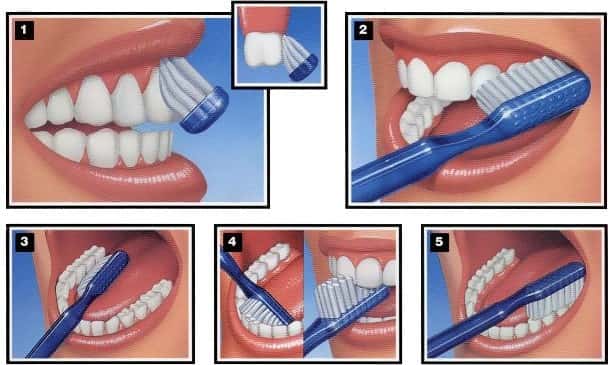
Tip #2: Implement a Tooth Brushing Circuit
To ensure you effectively clean all tooth surfaces, consider using a structured tooth brushing circuit. Follow these steps to create a comprehensive routine:
- Equipment Check: Use a quality toothbrush with soft bristles.
- Top Row:
- Outside Surfaces: Brush from right to left.
- Inside Surfaces: Brush from left to right.
- Biting Surfaces: Finish by brushing the chewing surfaces.
- Bottom Row: Repeat the process for the lower teeth.
Brushing for two minutes, ideally in two circuits, ensures that each tooth gets the attention it deserves, enhancing overall oral hygiene.
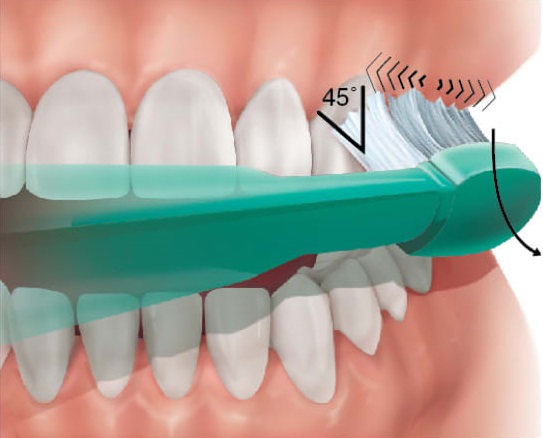
Tip #3: Learn the Modified Bass Technique
Many people brush with a simple back-and-forth motion, which may not be the most effective method. The Modified Bass Technique is highly recommended:
- Angle: Position your toothbrush at a 45-degree angle to the gums.
- Stroke: Use gentle, short vibrating strokes to clean the surfaces.
- Sweep: Finish with vertical strokes to clear away debris from the gumline.
Implementing this technique ensures thorough cleaning, especially along the gumline where many dental issues begin.
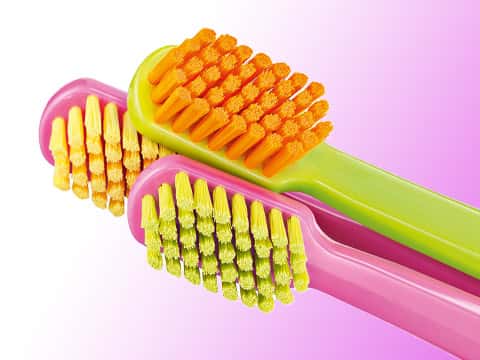
Tip #4: Use a Soft-Bristled Toothbrush
Choosing a manual toothbrush with soft bristles is essential for protecting your enamel. Hard bristles can cause enamel erosion and lead to tooth sensitivity. Soft bristles effectively remove plaque without damaging your teeth or gums. If you prefer electric toothbrushes, many models feature pressure sensors to prevent over-brushing, which helps protect your dental structures.
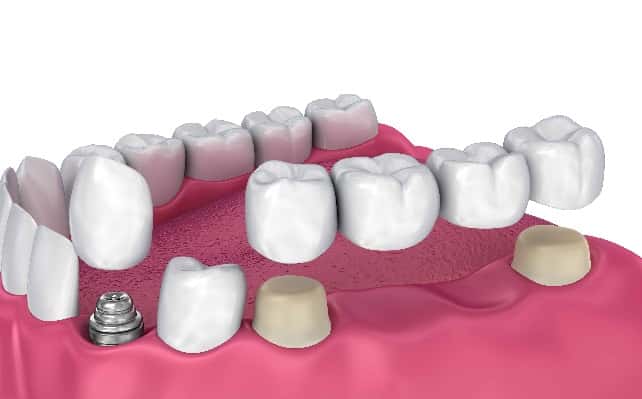
Tip #5: Focus on Problem Areas
Identify and pay extra attention to common problem areas during brushing, such as:
- Behind the last tooth, which often accumulates plaque.
- Around dental implants and bridges where debris can hide.
- Lingual wires in orthodontic treatment.
- Areas around braces that trap food particles.
Regular check-ups with your dentist can help pinpoint these areas for tailored advice on proper cleaning techniques.
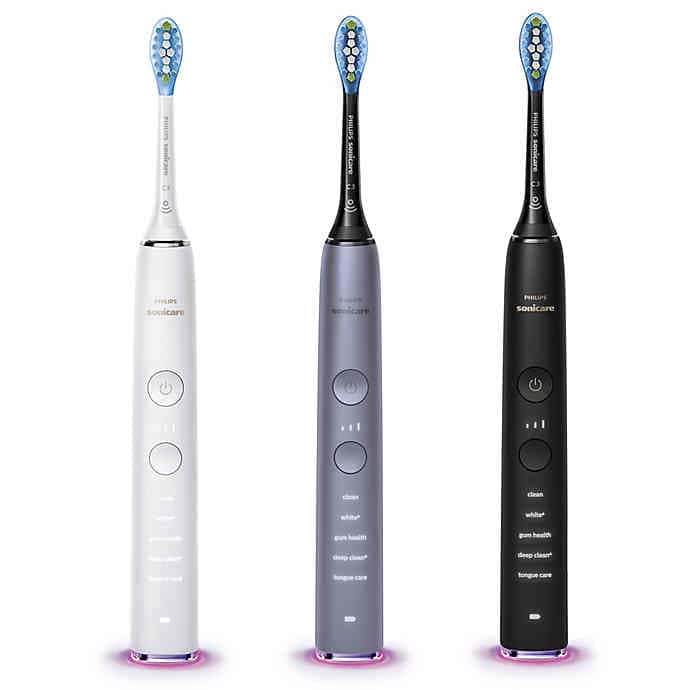
Tip #6: Consider Electric Toothbrushes
Switching to an electric toothbrush can enhance your oral care routine. Here are some benefits:
- Ease of Use: Electric toothbrushes require less physical effort, making them suitable for all ages.
- Efficiency: They provide more thorough cleaning than manual brushes.
- Pressure Sensors: Many models alert you to excessive force, protecting your enamel.
- Variety of Modes: Choose modes for sensitive teeth, whitening, and gum care.
Consider options like the Philips Sonicare ProtectiveClean 6100 for its effective cleaning features.
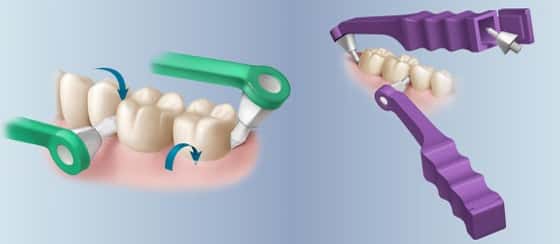
Tip #7: Incorporate Additional Dental Aids
Enhance your oral hygiene with these tools:
- Sulcabrush: Designed for cleaning tight spaces between teeth.
- Interdental Brushes: Effective at removing plaque from hard-to-reach areas.
- Water Flossers: Proven to disrupt bacteria in deeper pockets of gums.
These aids can complement your brushing routine and provide a more thorough clean.
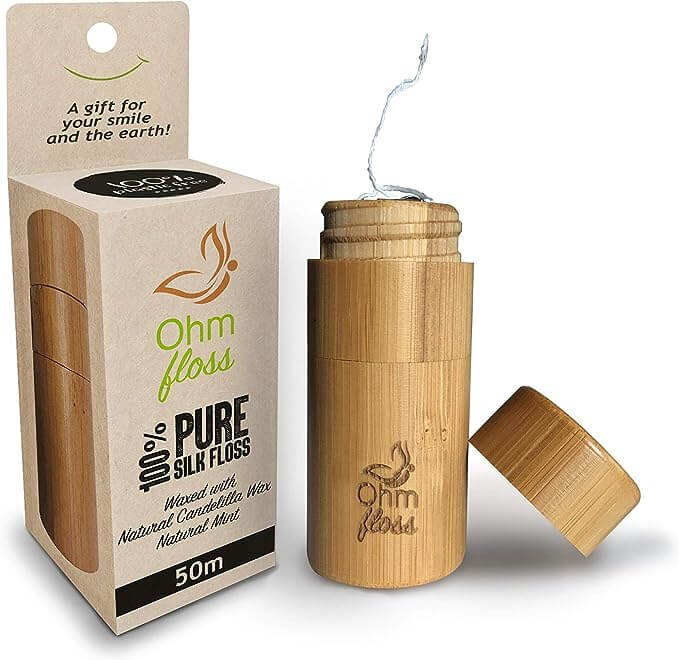
Tip #8: Don’t Skip Flossing
Flossing is an essential part of oral hygiene that shouldn’t be overlooked:
- Reach Between Teeth: Floss effectively removes plaque and food particles that brushing misses.
- Prevent Cavities: Regular flossing reduces the risk of decay in hard-to-reach areas.
- Promote Gum Health: Flossing helps prevent gum disease, enhancing overall oral health.
Incorporate flossing into your daily routine for comprehensive dental care.
Tip #9: Visiting Your Dentist Regularly: The Cornerstone of Dental Health
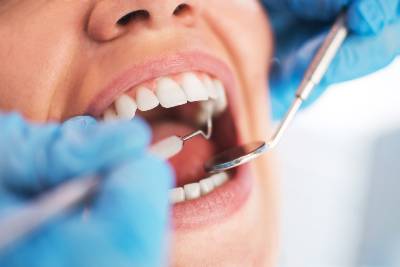
Tip #9: Regular Dentist Visits are Essential
Finally, don’t forget the importance of regular dental check-ups:
- Early Detection: Dentists can identify problems like cavities and gum disease early.
- Professional Cleaning: Routine cleanings remove tartar and plaque that brushing can’t.
- Personalized Care: Your dentist can provide tailored advice and preventive treatments.
Make it a habit to schedule dental visits at least twice a year to maintain your oral health.

